The Holy Grail of Foiling Development
Published on August 22nd, 2019
by Craig Leweck, Scuttlebutt
Sports cars are attractive, expensive, and performance-oriented with limited practicality. But who cares, if you got it flaunt it, and sailing is shifting that way too. Now amidst a chapter in the book titled ‘Foiling Era’, and despite my despair at the frequent quote of “foiling is the future,” more and more boats continue to fly.
But aside from the aforementioned expense alongside the need for flat water and moderate winds, the hurdle of immense skill has been a requirement to sail these birds competently, or at least, avoid the danger they present.
Not unlike flying a plane, smooth flight on a foiler requires training to avoid crashing. But what if you could put the foiler on autopilot? That’s been the Holy Grail to expand the market, and it is the claim coming from the Swiss who have splashed the new TF35 on Lake Geneva.
The TF35 has been designed with the ambitious brief to offer top level foiling to a wider audience of sailors. With earlier take-off speeds, guaranteed foiling upwind and down, and a fully automatic flight control system, the TF35 uses the latest in foiling technology, both to improve performance and simplify high speed foiling while making it easier to race.
With support from Ernesto Bertarelli, the project has been 21 months in the making, spearheaded by Gonzalo Redondo and his group at d3 Applied Technologies on the aero/hydrodynamic design and performance, Dirk Kramers (SDK Structures) on the structure design and engineering, Luc Dubois on design and flight control development, Marc Menec (IS&3D Eng) on design and 3D modelling, and Adam May on design.
Key to the success of the boat is the one design flight regulation system, which fully automates the height and pitch of the foils, allowing for a smooth and stable flight and the sailors to fully focus on the racing. The design team alleges the boat will be fully foiling upwind from 9 knots true wind speed and 7 knots true wind speed downwind.
Compared to other flying boats which demand the complete concentration of helm and trim, and coordination of the crew, the TF35’s automatic flight control maintains its ride height.
TF35 class manager Bertrand Favre reports how the project is supported by a passionate and committed group of owners. “The plan over the coming months is to learn and develop further the flight control systems to ensure we get it just right. In stronger winds we are confident that the boat will feel secure reaching 40 knots.”
The TF35 will be officially launched in September. From there the eight boats, currently in production, will be completed and launched over the winter period allowing the teams to train ahead of the 2020 season.
To find out more about the TF35 visit www.TF35.org
Photos by Loris Von Siebenthal:





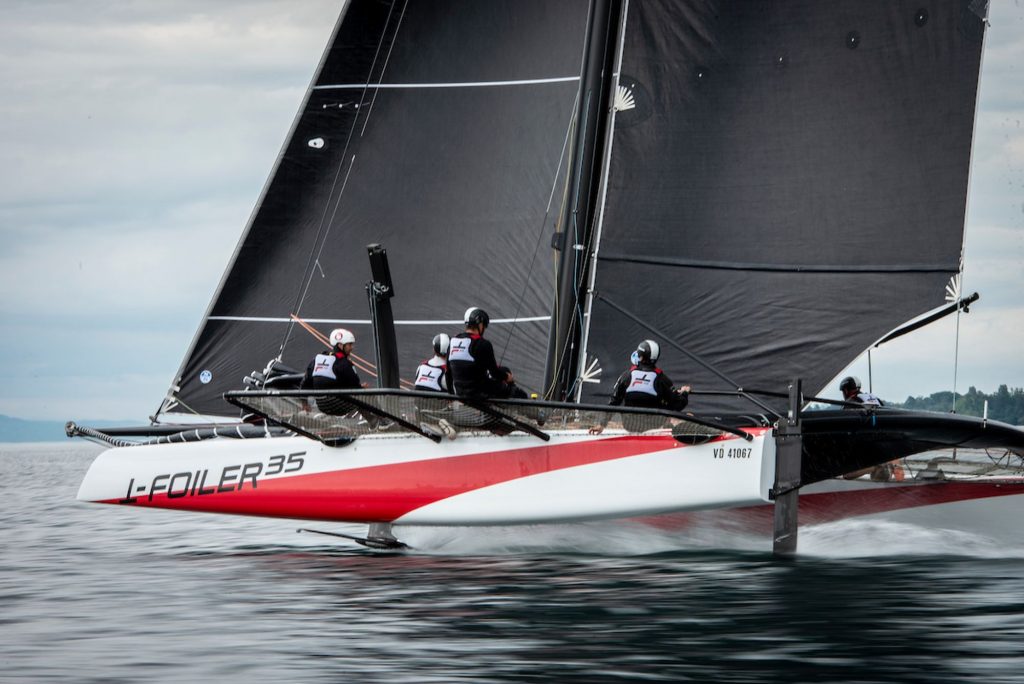
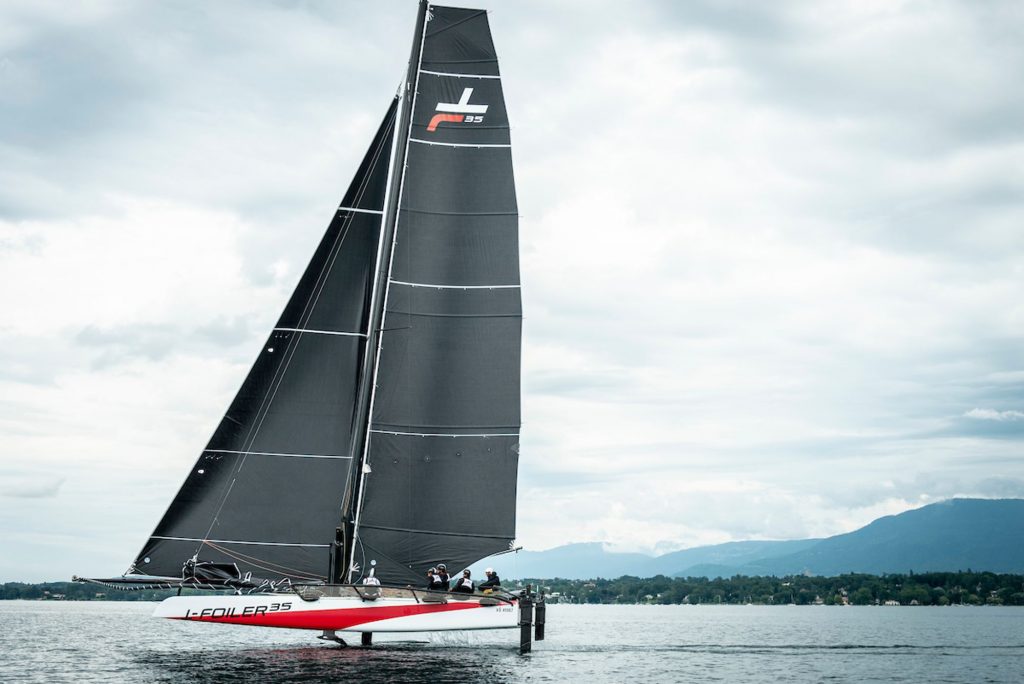

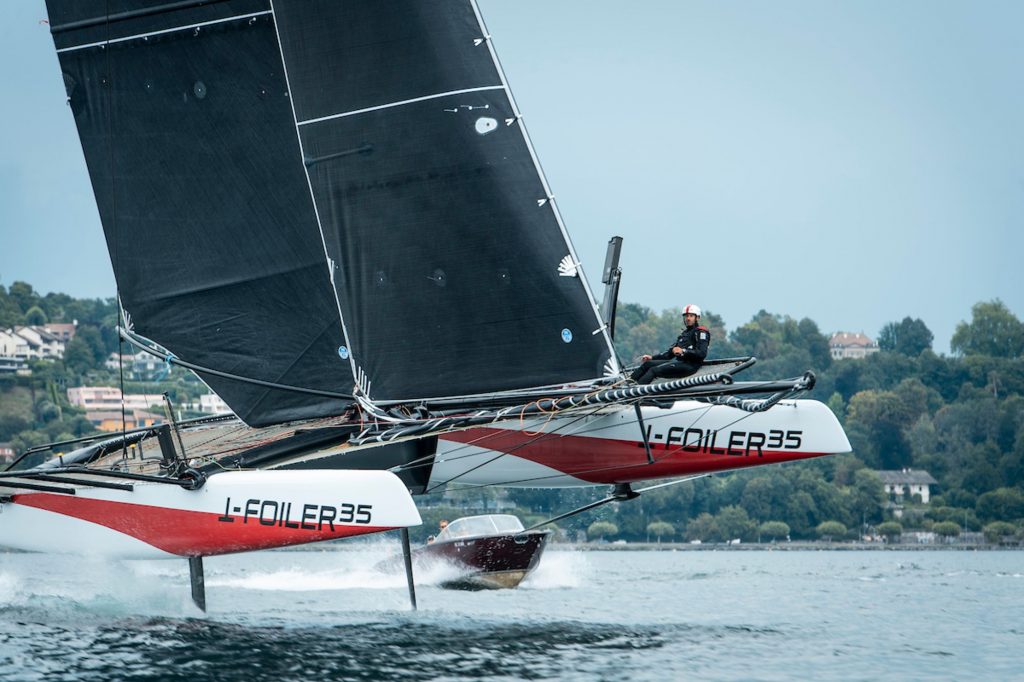
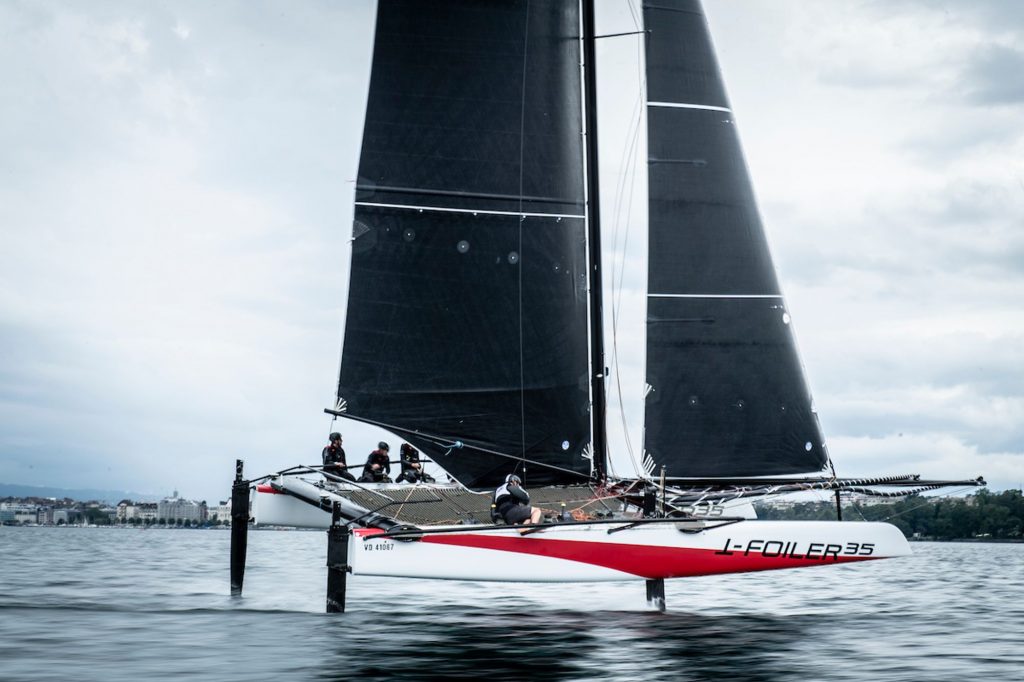

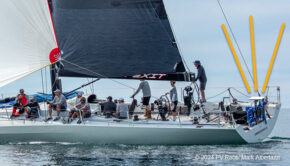
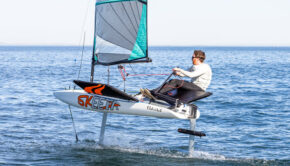
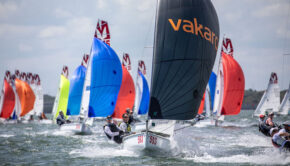

 We’ll keep your information safe.
We’ll keep your information safe.